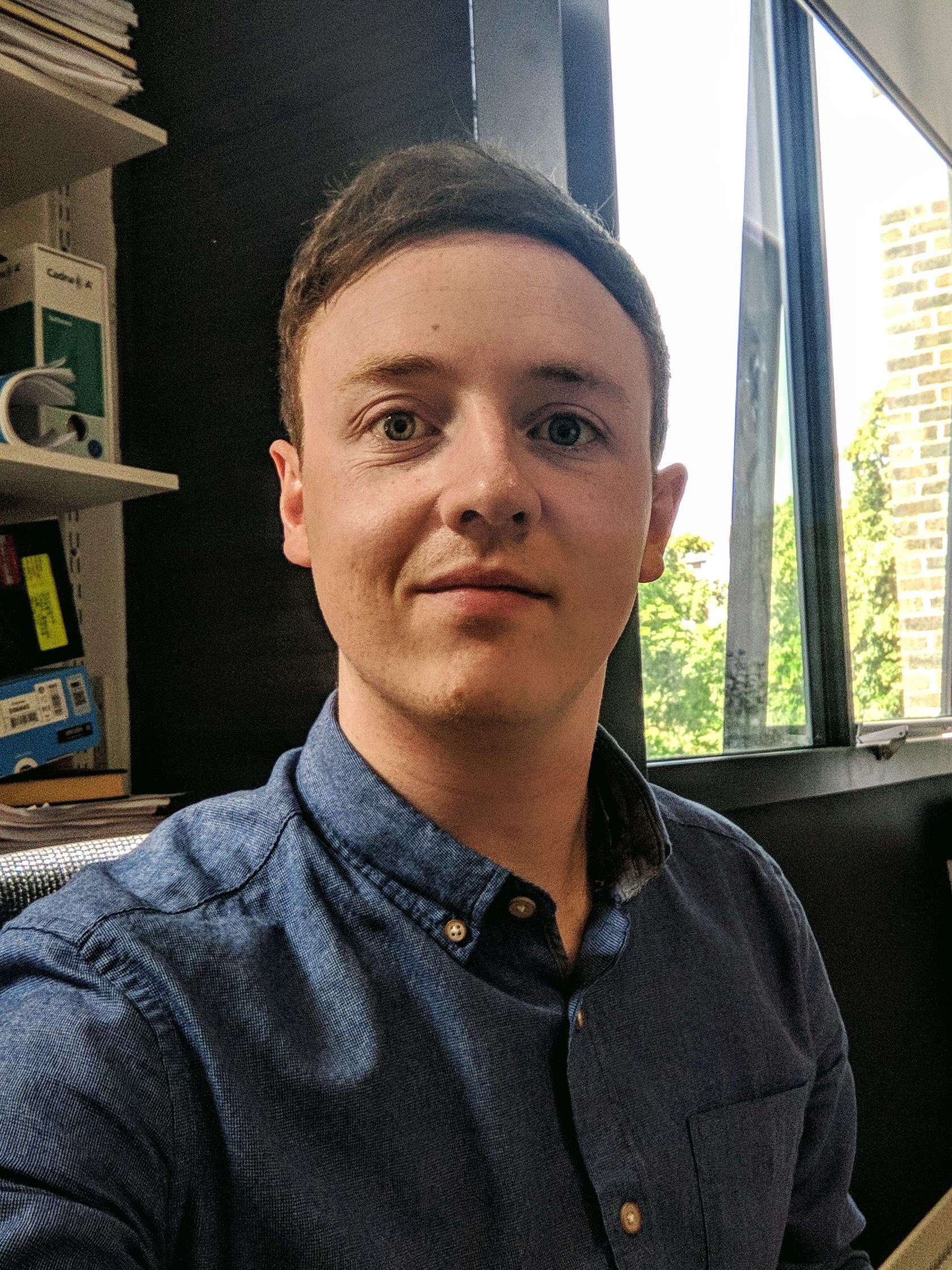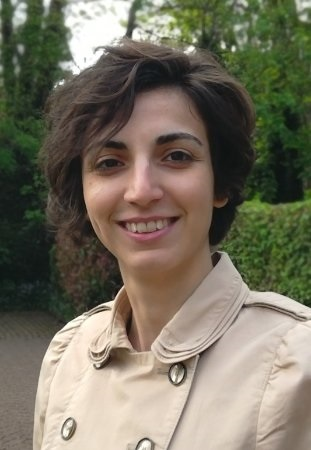Temperature provides a critical piece of information about machine health condition. The objective of this project is to design a transducer that can sense temperatures in high temperature environments (>1000°C). Techniques for measuring temperature include wire thermocouples, ultrasonic waves, and thin film thermocouples. Ultrasonic wave measurement operates on the principle that a wave’s speed changes due to the material properties, which are in turn affected by temperature. Ultrasonic surface waves involve exciting the structure with high frequency wave (>100KHz), and measuring the time of flight. The main challenges for measuring at high temperature are: (1) low signal to noise ratio, (2) the propagation loss of the transmitted signal, and (3) the transducer nonlinearity and sensor accuracy and reliability. To reduce signal to noise ratio, a novel technique based on excitation at different phases will be considered to increase the magnitude and consequently increase the accuracy of measurement. Surface Acoustic Waves (SAW) is one of the best choices for measuring temperature on the surface of a material in this way. The challenge in using ultrasonic waves is that material coating, layer thickness, and degradation can significantly alter the nonlinearity and attenuation of SAWs. Residual stresses relating to high temperature gradients will also modify SAW behaviour locally. The advantage of SAW sensors is their capability of wireless sensing without cables or additional energy sources. SAW sensors have been tested on a JetCat turbine engine in temperatures up to 750°C. In order to detect a degree change in temperature using the proposed guided wave mechanism, a very high sampling rate (GHz) is required to detect the reflected wave. With the recent advent of improved high-temperature electronics, and transducers in particular, it is now possible to detect guided waves in the GHz frequency range. Such a frequency is required to match the one-degree-level resolution delivered by existing thermocouple solutions, while improving the reliability and maintainability of the temperature sensing system as a whole. Design evaluation (Year 1 and 2) - Comparing the performance of an electromagnetic transducer with a piezoelectric transducer and a thin film thermocouple. At the end of year 2, we will conclude which material can offer accurate temperature measurement from room temperature up to 1500°C. Also, easy installation and survivability for several thousands of hours will be considered. Few piezoelectric materials have been researched for high temperature (<1250°C) applications, including quartz, lithium niobate, and gallium orthophosphate. These have not been used to design a wedge transducer or thin film transducer in order to create surface waves to measure temperature. Piezoelectric materials have less stability at high temperature and their piezoelectric property also changes. In order to exploit new material for this application first the effect of temperature has to considered. Electromagnetic Acoustic Transducers (EMATs) have been analysed at 500°C, and the range of frequencies they can generate is limited (MHz) compared to the range piezoelectric transducers can generate. Design a transducer (Year 3) – A piezoelectric transducer will be placed on a wedge to generate high frequency (GHz) Rayleigh wave. The generated signal will be evaluated at different temperatures. Printed thin film piezoelectric (micro meter thickness) will be used to generate shear waves. Different methods will be analysed to transmit and receive guided waves. In the case of thin film thermocouples, several SiC fiber/SiC matrix CMC panels instrumented with thin film thermocouples will be tested at 1000°C for over 25 hours. Platinum–10% rhodium (or gold) vs. platinum thin film thermocouples will be fabricated on a nickel based superalloy substrate using sputtering.

Lawrence graduated from Solent University in 2016 with an MSc in Applied Acoustics. He went on to work as an associate lecturer and research assistant in acoustics at the university, taking the lead role on consultancy tasks as well as the delivery of practical sessions to undergraduate, diploma, and MSc students in the areas of room acoustics and electro-acoustics. He holds the Institute of Acoustics Diploma in Acoustics and Noise Control, a BSA (British Society of Audiology) Certificate in aural impression-taking, and is an associate member (AMIOA) of the Institute of Acoustics. He is now working on a PhD titled “High temperature measurement on static and rotating machinery” in the Smart Electronic Materials and Systems (SEMS) group within the school of Electronics and Computer Science (ECS) at Southampton University.

Dr Bahareh Zaghari has been active in the area of instrumentation for over 10 years, with an international reputation and over 15 publications. Bahareh joined ASG Ltd. In 2008 as a system engineer after her undergraduate in Electrical engineering, where she designed, installed, and repaired complex instruments. After obtaining strong recommendations from the companies she worked with, she became the head of the sales department on top of her existing duties, due to her knowledge of the piezoelectric transducers and sensors that ASG sold, and where to apply them. She was also responsible for bidding on high-value industrial projects (around £100,000) on behalf of the company. Notably, she managed communication between research groups and these industries to drive projects forward for ASG, and she consequently became familiar with managing large project budgets. Bahareh’s track record continued through her undergraduate studies where she completed three publications, and through her masters study, where she was awarded best paper for her publication on piezoelectric transducers and guided waves by the 19th International Conference on Automation and Computing (ICAC), UK in 2013. Bahareh is a research fellow at the University of Southampton. She is the principal investigator for the CICL project; an EPSRC-funded project whose goal is to improve the wellbeing of cyclists, by using energy harvesting and wireless energy transfer technologies. She is a researcher for the I2BS project funded by Clean Sky H2020, which aims to design smart jet engines through collaboration with Safran aerospace engines manufacturer in France, and FAG Schaeffler jet engines bearing manufacturer in Germany